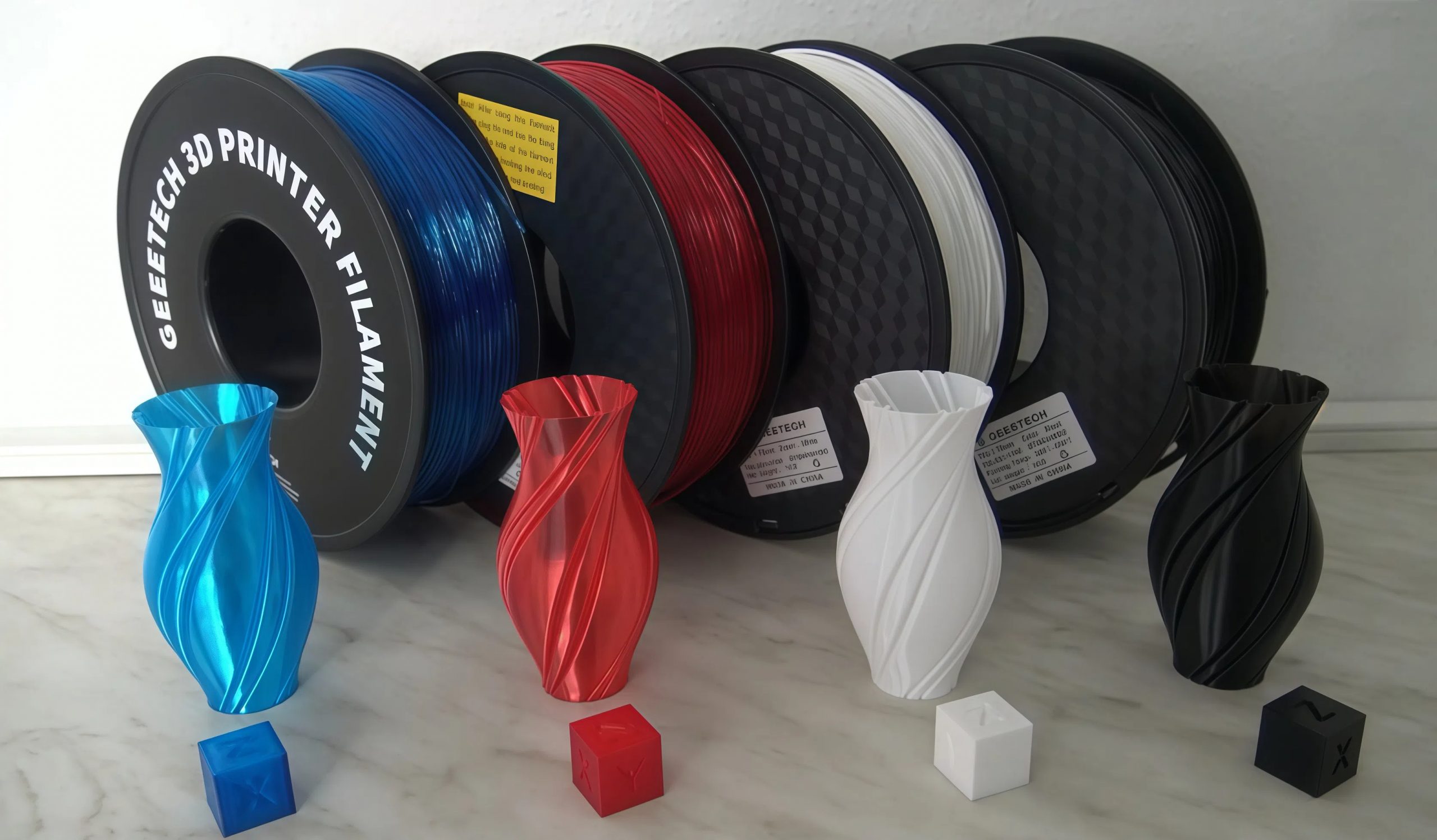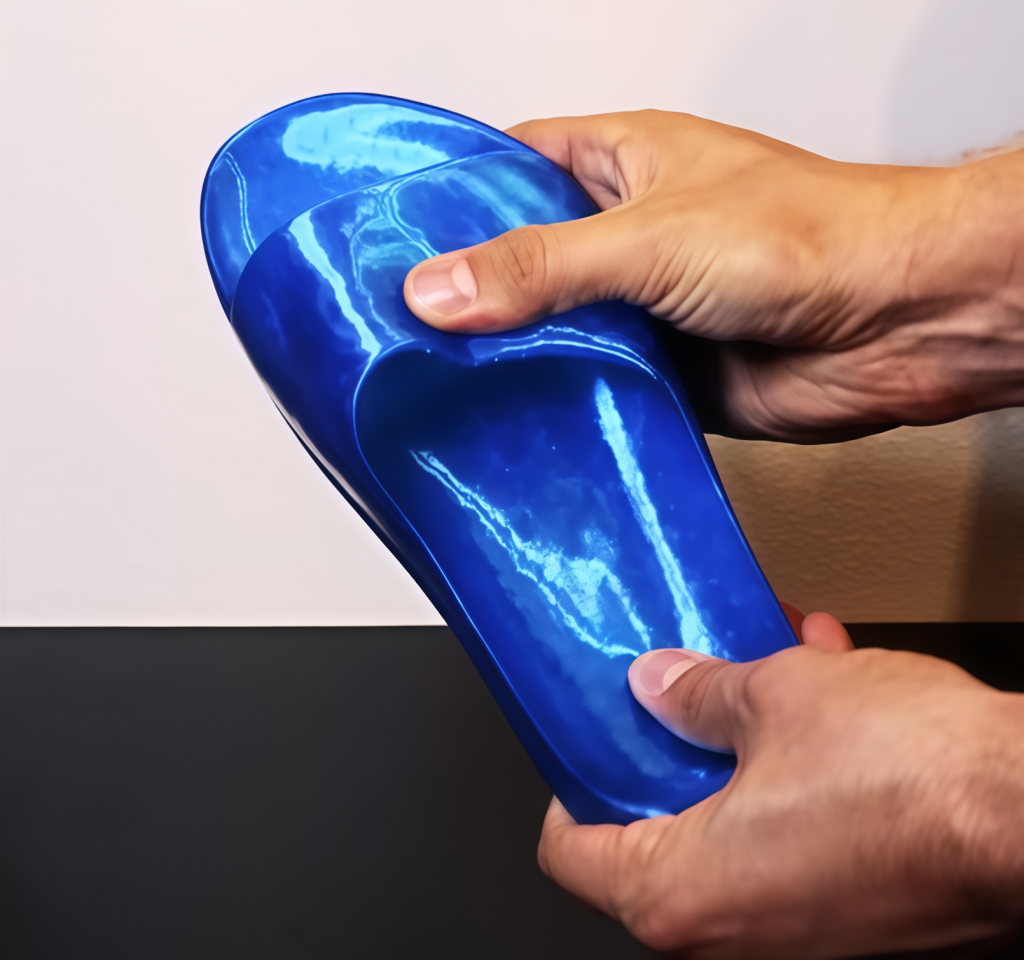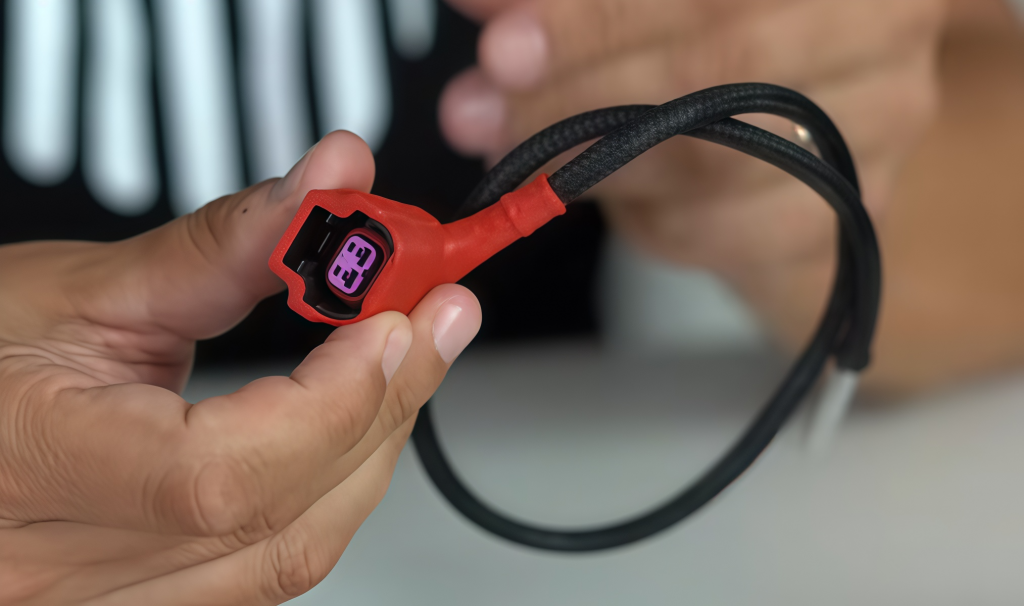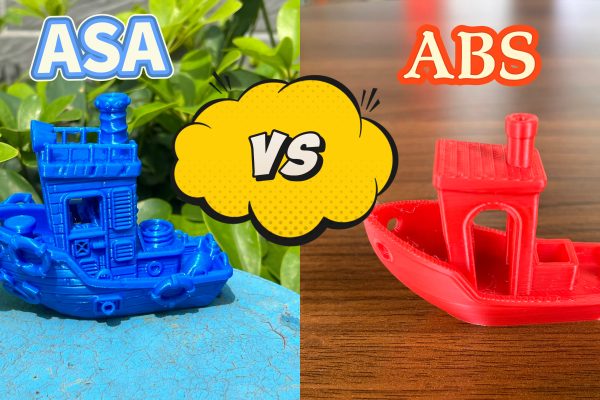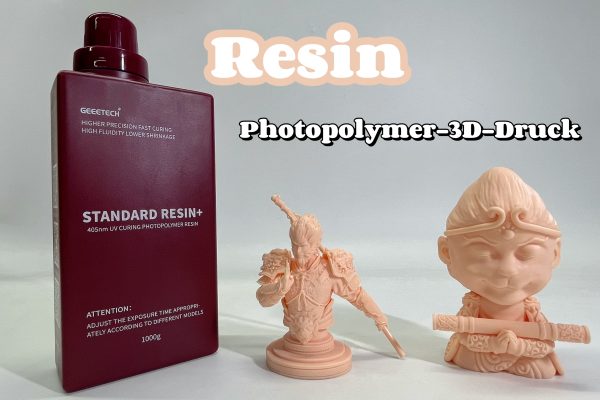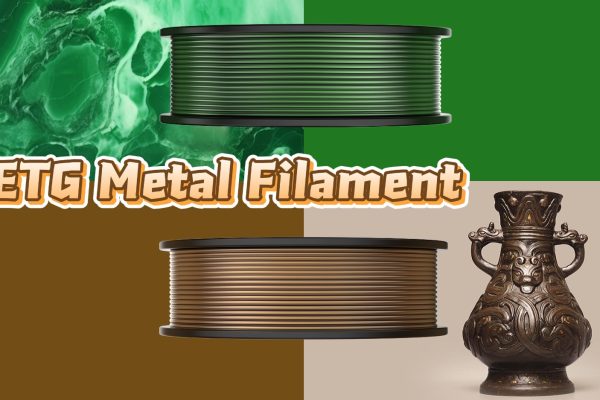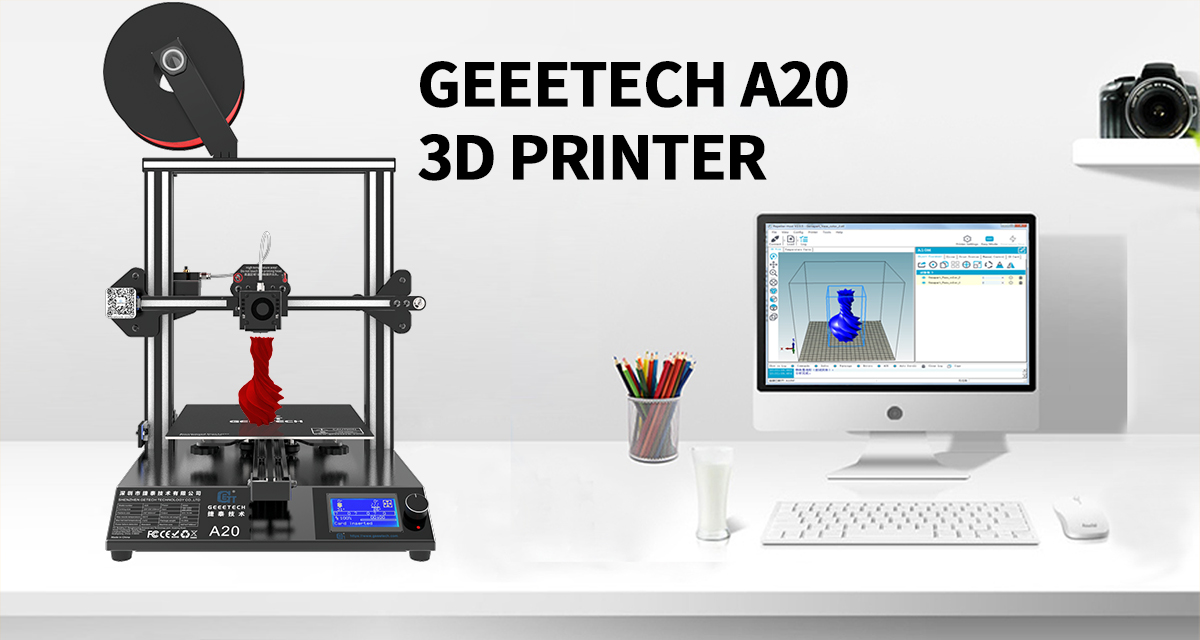When it comes to flexible filament types, there are two main materials to consider as they outperform other common flexible materials (such as flexible PLA or PVC), like elastic recovery rate and fatigue resistance. These are TPE and TPU filaments, which are used in a wide variety of projects that require flexible parts as part of the design or properties. So let us take a closer look at these two filaments and learn when to use either one. Enjoy!
Definition of TPE and TPU
The scientific names for these two materials are thermoplastic elastomer (TPE) and thermoplastic polyurethane (TPU). While they might sound similar, they have some unique differences that make them great for different 3D printed objects and parts.
What Is TPE
TPE is the name given to a broad category of materials that use thermoplastics. Many subgenres of materials stem from the umbrella term, such as TPU, TPV, SEBS and more. Therefore, all of these materials share some common features, such as elasticity, while still being machinable due to the plastic elements. TPE is often used for phone cases or gaskets for instance due to the soft and flexible properties.
What Is TPU
TPU is a filament that actually branches off TPE filaments, which is produced by cross-linking the chemical structure in a very specific manner. This results in a semi-rigid material that has excellent wear resistance and is extremely durable. It is typically less soft than TPE, but lasts better. Because of these properties, TPU is an excellent material for tires or protective equipment.
Technological Process of Production
Both materials are produced in a somewhat similar manner, since both materials are made by melting and shaping the material into 3D printing filaments. However, TPE is made super soft and bendable by adding more raw materials with rubber properties, while TPU is made stronger and tougher by adding a special mix of chemicals.
Key Differences Between TPU and TPE Production
Looking at the chart below, we have highlighted a few of the key differences between the two processes for creating TPU and TPE filaments. And looking at the scale, it is clear that thermoplastic polyurethane filament is better if you require a wear-resistant product, while TPE is better for more bendable objects.
| Feature | TPU | TPE (SEBS-based) |
| Chemical Structure | Chemical crosslinking (hard/soft segments) | Physical crosslinking (styrene block domains) |
| Raw Material Processing | Requires polymerization | Physical blending (no chemical reaction) |
| Hardness Range | 80A–75D (harder, wear-resistant) | 0A–100A (softer, highly elastic) |
| Processing Temp. | 160–220°C | 180–210°C |
| Hygroscopicity | High (strict drying required) | Low (still moisture-sensitive) |
Properties: TPE VS TPU
Below we have provided another table for a quick overview of the different properties of TPE and TPU 3D print filament, which are both popular materials. Use this to guide your next design, based on which properties you wish your object to have.
| Property | TPU (Thermoplastic Polyurethane) | TPE (Thermoplastic Elastomer) |
| Flexibility | Moderate flexibility, less bendable than TPE | Very flexible, more stretchable |
| Printability | Easier than TPE but requires a direct drive extruder | More challenging, slower print speed |
| Melting Point | 220–250°C | 180–220°C |
| Weather Resistance | Excellent UV and weather resistance | Good, but less resistant than TPU |
| Tear Resistance | Excellent, good for industrial parts | Moderate to good |
| Chemical Resistance | Good resistance to oils, fats, and solvents | Limited resistance to oils and solvents |
| Temperature Resistance | Good heat resistance (up to 120°C) | Moderate heat resistance (up to 80–100°C) |
| Surface Texture | Can be smooth or rough depending on formulation | Typically smooth, soft to the touch |
Comparing the properties of both materials, it is clear that there are some applications that might be better suited for one over the other. However, as a general rule of thumb, it is typically easier printing with TPU, which you can learn more about in this TPU Filament Guide blog post.
Recycling: TPE VS TPU
Many consumers are increasingly concerned with sustainability, and being able to safely recycle the 3D printing filaments is a great additional bonus for any hobby enthusiast who cares about the environment.
TPE is generally a bit easier to recycle, as it can be melted down and extruded into new filament for instance. TPU is recycled through a more mechanical process, and therefore should be sorted and separated correctly before being disposed of.
Both filaments can be reused for other products, so there is no difference in the final waste. Recycled TPU is often used as a material for insulation, industrial parts or even flooring. TPE has a wider application as recycled materials can be used in many different consumer goods.
Applications: TPE VS TPU
Looking at TPE vs TPU by exploring their applications is a great way to apply what we have learned about the TPE and TPU 3D printer filament properties.
TPU is used for many different soft yet durable products, such as phone cases, footwear, shoe soles, gaskets, seals, automotive parts, medical devices, flexible hoses and sports equipment. These objects can be expected to last a long time, while also being flexible enough to be useful for the purpose.
TPE is also used for phone cases, however, they generally are a bit less protective, but due to their better flexibility, they can fit the phone even better. Other uses are toys, hoses, tubing, seals, straps, insoles, grips for equipment and more.
Conclusion
Whether you wish to print with filament made from TPU material or TPE material, you should always consider the overall properties of each type, and how you will use your printed object once it is completed.
TPU 3D filament lasts longer and is better for outdoor use, while TPE filament is better suited for softer products that should be safe for children or perfectly fit another product or object requiring high conformity. But as a material for 3D printing, TPE is harder to print than TPU. TPU is more suitable for beginners. Regardless of what you choose, both materials are safe for the environment and great options. Happy printing!
